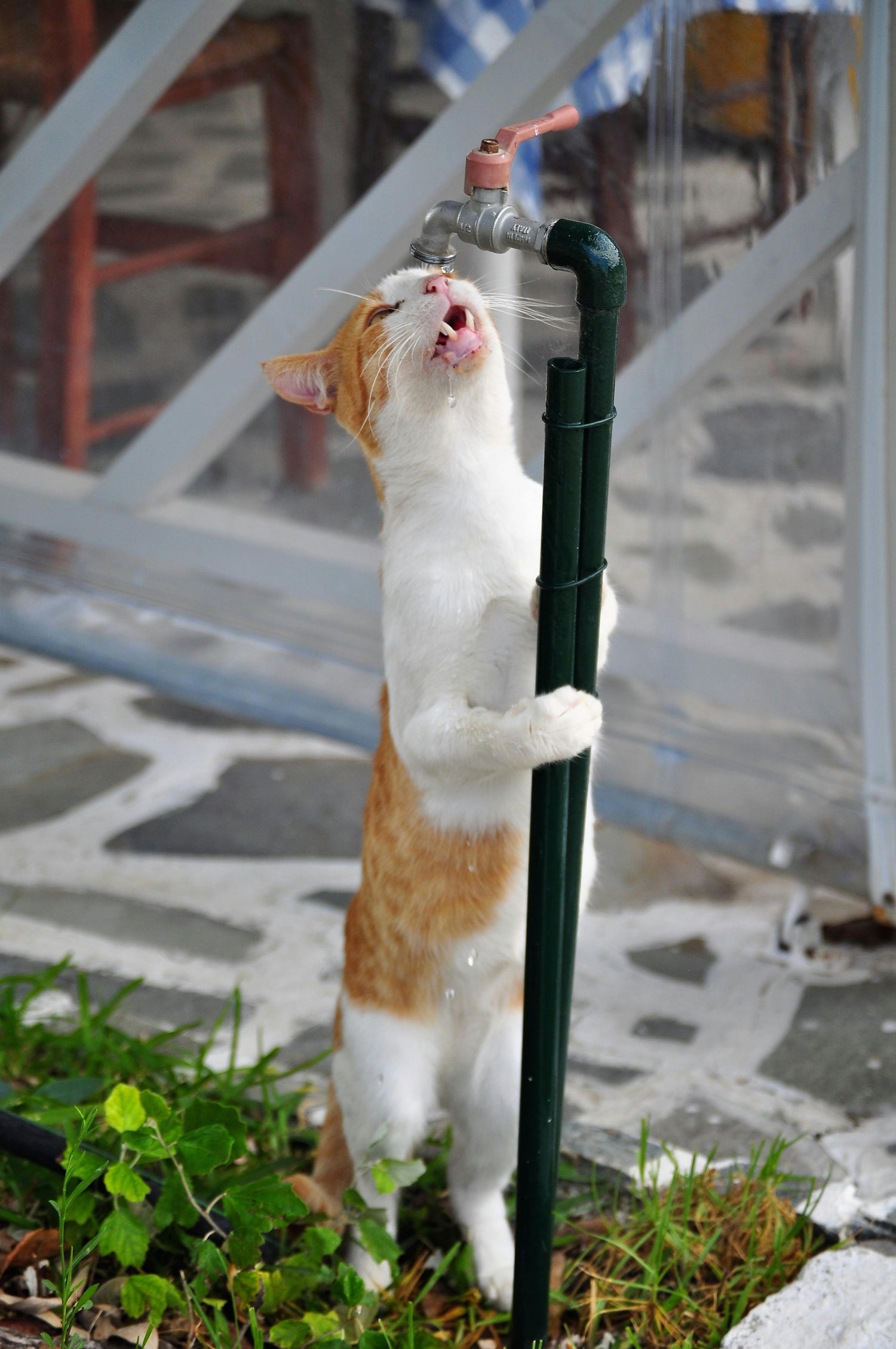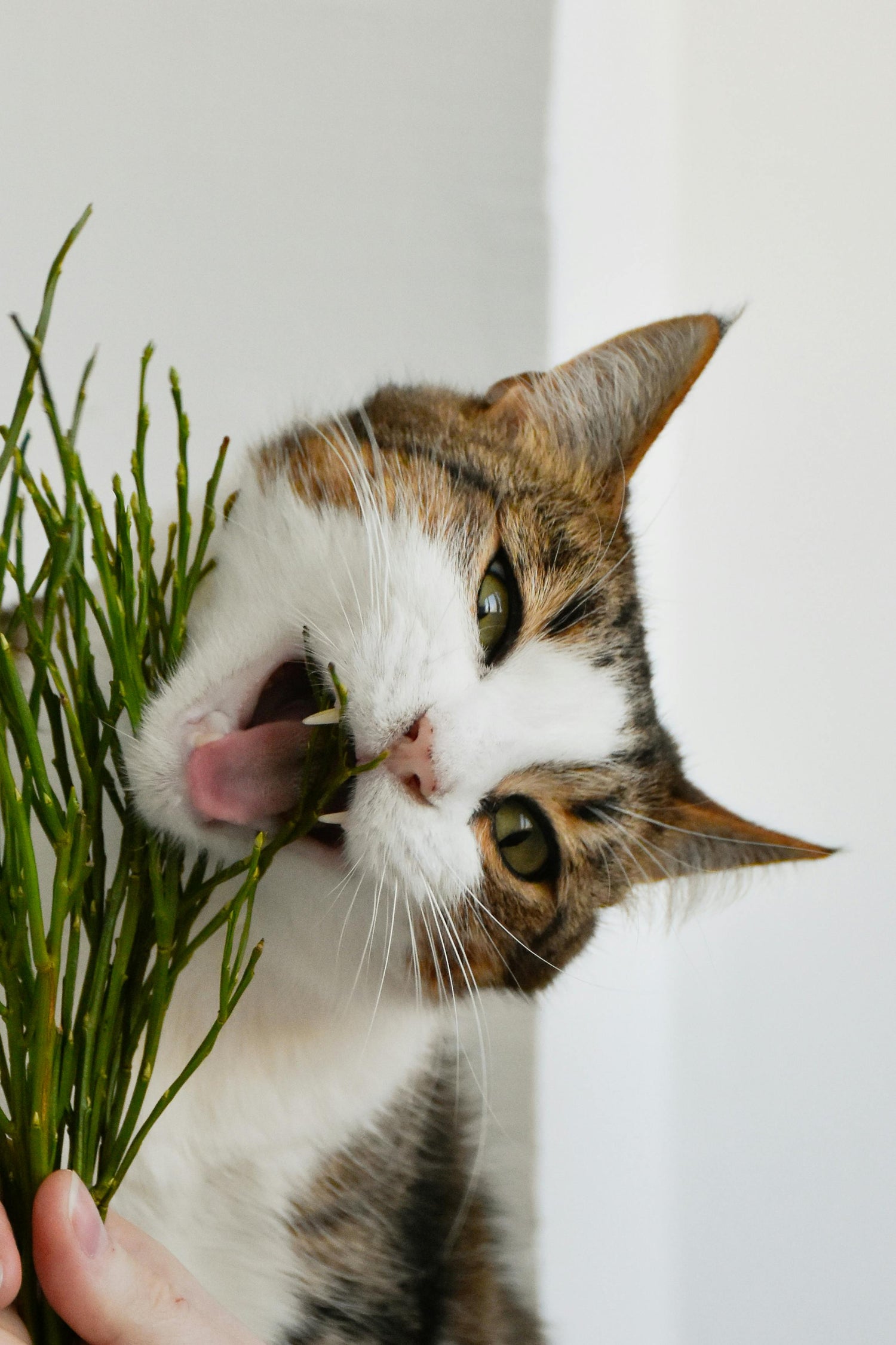Unraveling the Mystery: Is Your Cat Drinking Enough Water?
Cats, with their enigmatic demeanor and independent nature, often leave their owners wondering about their needs and behaviors. While these graceful creatures may seem self-sufficient, one crucial aspect of their well-being that often raises concerns is hydration. Just like humans, cats rely on water to support various bodily functions and maintain overall health. In this blog post, we'll delve into the importance of hydration for cats, how to recognize signs of dehydration, factors contributing to insufficient water intake, and practical tips for ensuring your feline friend stays properly hydrated.

The Vital Role of Hydration for Cats
Water plays a critical role in maintaining optimal health for cats, facilitating essential bodily functions such as regulating body temperature, aiding digestion, eliminating waste toxins, and lubricating joints to support mobility. Insufficient hydration can lead to dehydration, a condition that poses significant health risks for cats, including urinary tract infections, kidney disease, and even organ failure. To prevent such complications, cat owners should ensure their pets have access to fresh, clean water at all times and consider incorporating wet food into their diet, as it contains higher moisture content than dry kibble.
Signs of Dehydration in Cats
Recognizing the signs of dehydration is crucial for addressing the issue promptly. Keep an eye out for decreased urination, dry or sticky gums, sunken eyes, lethargy, and loss of appetite, as these may indicate that your cat is not getting enough water

Factors Contributing to Feline Dehydration
Additionally, some cats may have a natural aversion to drinking water, especially if they perceive it as stagnant or unappetizing. Encouraging hydration through alternative methods, such as using a pet fountain or adding flavorless broth to their water, can entice reluctant drinkers to consume more fluids. Monitoring your cat's water intake and observing any changes in behavior or bathroom habits can help detect dehydration early, allowing for prompt intervention and veterinary care if necessary

Encouraging Hydration in Cats
As responsible pet owners, there are several proactive measures we can implement to safeguard our cats' hydration. Firstly, ensuring that clean, fresh water is readily available in multiple locations throughout the house can encourage frequent drinking. Moreover, incorporating wet food into their diet can significantly increase their overall moisture intake, as canned cat food typically contains higher water content compared to dry kibble. Additionally, offering hydration treats, which are specially formulated to provide an extra boost of moisture, can be a tasty and beneficial supplement to their daily routine. Introducing a pet fountain, which continuously circulates water and often appeals to a cat's natural curiosity, can also stimulate drinking behavior. Another effective method is flavoring their water with a small amount of tuna juice or chicken broth, making it more enticing for reluctant drinkers. Furthermore, scheduling regular veterinary check-ups allows professionals to monitor hydration levels and address any underlying health issues that may be contributing to dehydration. Finally, observing changes in behavior or litter box habits and promptly addressing any signs of dehydration can prevent potential health complications and ensure our feline companions lead happy, healthy lives

Keeping Your Feline Friend Hydrated
Ensuring that your cat receives an adequate amount of water is essential for their health and well-being. By understanding the importance of hydration, recognizing signs of dehydration, and implementing practical tips to encourage water intake, you can help your beloved feline companion lead a happy and healthy life. Remember to consult your veterinarian if you have any concerns about your cat's hydration levels or overall health.At [Your Pet Wellness Brand], we're committed to providing premium pet wellness products to support the health and happiness of your furry friends. Visit our website to explore our range of products designed to promote your pet's well-being.
